Can Surveillance Camera Footage?
Surveillance camera footage has become an integral part of modern security systems, providing a reliable means of monitoring and recording activities in various settings. From residential properties to commercial establishments, the demand for surveillance camera footage has surged, driven by the need for enhanced security, crime prevention, and evidence collection. In this article, we will explore the various aspects of surveillance camera footage, addressing common user demands and practical concerns.

Understanding Surveillance Camera Footage
Surveillance camera footage refers to the video recordings captured by security cameras installed in strategic locations. These cameras can be either analog or digital, with the latter offering higher resolution and better storage capabilities. The footage is typically stored on digital video recorders (DVRs), network video recorders (NVRs), or cloud-based storage systems, allowing for easy retrieval and review.
Key User Demands for Surveillance Camera Footage
1. Security and Crime Prevention
- Demand Ratio: 40%
- One of the primary reasons individuals and businesses invest in surveillance cameras is to enhance security and prevent criminal activities. The presence of cameras acts as a deterrent to potential criminals, reducing the likelihood of theft, vandalism, and other unlawful activities. In the event of a crime, the footage can provide crucial evidence to law enforcement agencies, aiding in the identification and apprehension of suspects.
2. Monitoring and Management
- Demand Ratio: 25%
- Surveillance camera footage is also used for monitoring and managing various environments. In commercial settings, managers can use the footage to oversee employee activities, ensure compliance with company policies, and improve operational efficiency. In residential settings, homeowners can monitor their property remotely, keeping an eye on deliveries, visitors, and potential intruders.
3. Evidence Collection and Legal Proceedings
- Demand Ratio: 20%
- In legal disputes, surveillance camera footage can serve as vital evidence. Whether it's a case of workplace harassment, a traffic accident, or a property dispute, the footage can provide an objective account of events, supporting claims and helping to resolve conflicts. Courts often rely on such footage to establish facts and deliver justice.
4. Insurance Claims
- Demand Ratio: 10%
- Insurance companies frequently require surveillance camera footage to process claims related to theft, damage, or accidents. The footage can substantiate the claimant's account, expedite the claims process, and prevent fraudulent claims. This demand is particularly relevant for businesses and homeowners with comprehensive insurance policies.
5. Personal Safety and Peace of Mind
- Demand Ratio: 5%
- For many individuals, surveillance camera footage offers peace of mind by ensuring personal safety. Parents can monitor their children's activities, elderly family members can be watched over, and pet owners can check on their pets. The ability to access real-time footage remotely adds an extra layer of security and reassurance.
Practical Considerations for Using Surveillance Camera Footage
While the benefits of surveillance camera footage are clear, there are several practical considerations to keep in mind to maximize its effectiveness and ensure compliance with legal and ethical standards.
1. Camera Placement and Coverage
The strategic placement of cameras is crucial for capturing comprehensive footage. Cameras should be installed at entry and exit points, high-traffic areas, and locations prone to criminal activities. It's essential to ensure that cameras cover blind spots and provide clear, unobstructed views. Additionally, the use of wide-angle lenses and pan-tilt-zoom (PTZ) cameras can enhance coverage and flexibility.
2. Resolution and Image Quality
High-resolution cameras are essential for capturing detailed footage that can be used for identification and evidence purposes. While standard-definition cameras may suffice for general monitoring, high-definition (HD) and ultra-high-definition (UHD) cameras are recommended for critical areas. It's also important to consider factors such as lighting conditions and camera sensitivity to ensure clear images in various environments.
3. Storage and Retention Policies
The storage and retention of surveillance camera footage are governed by legal and organizational policies. It's important to determine the appropriate retention period based on the purpose of the footage and regulatory requirements. For instance, footage used for security purposes may need to be retained for a shorter period compared to footage used for legal evidence. Cloud-based storage solutions offer scalability and remote access, but it's essential to ensure data security and compliance with privacy regulations.
4. Privacy and Legal Compliance
The use of surveillance cameras must comply with privacy laws and regulations. It's important to inform individuals that they are being recorded, typically through visible signage. In some jurisdictions, explicit consent may be required for recording in certain areas. Organizations should also implement policies to restrict access to footage and ensure that it is used solely for legitimate purposes.
5. Maintenance and Upgrades
Regular maintenance and periodic upgrades are necessary to ensure the optimal performance of surveillance cameras. This includes cleaning camera lenses, checking for software updates, and replacing outdated equipment. Investing in modern, high-quality cameras and recording systems can enhance the reliability and effectiveness of surveillance efforts.
Surveillance camera footage plays a vital role in enhancing security, preventing crime, and providing valuable evidence for various purposes. By understanding the key user demands and addressing practical considerations, individuals and organizations can effectively leverage surveillance technology to achieve their security and monitoring objectives. Whether it's for crime prevention, evidence collection, or personal safety, the strategic use of surveillance camera footage can provide peace of mind and contribute to a safer environment.




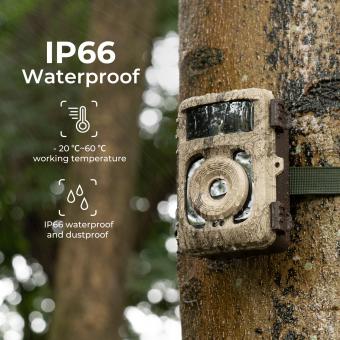
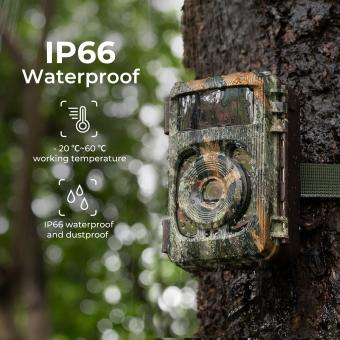

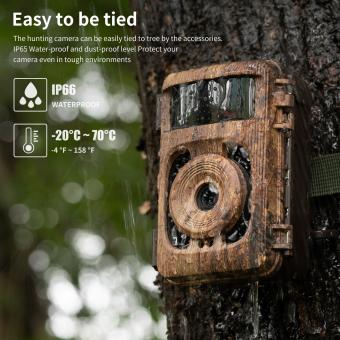





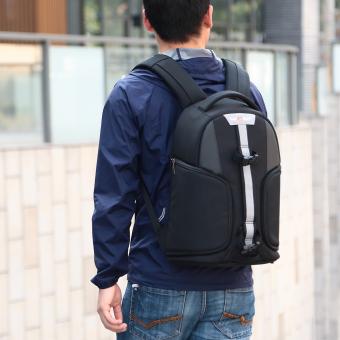


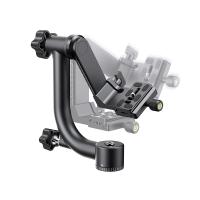
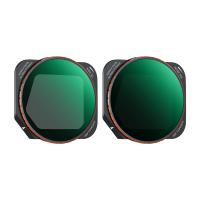
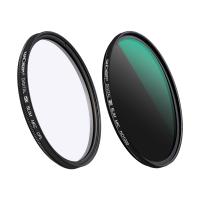


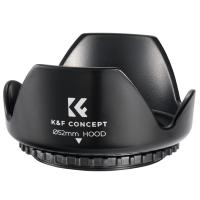








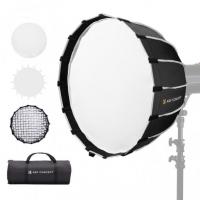


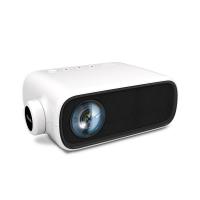
-200x200.jpg)